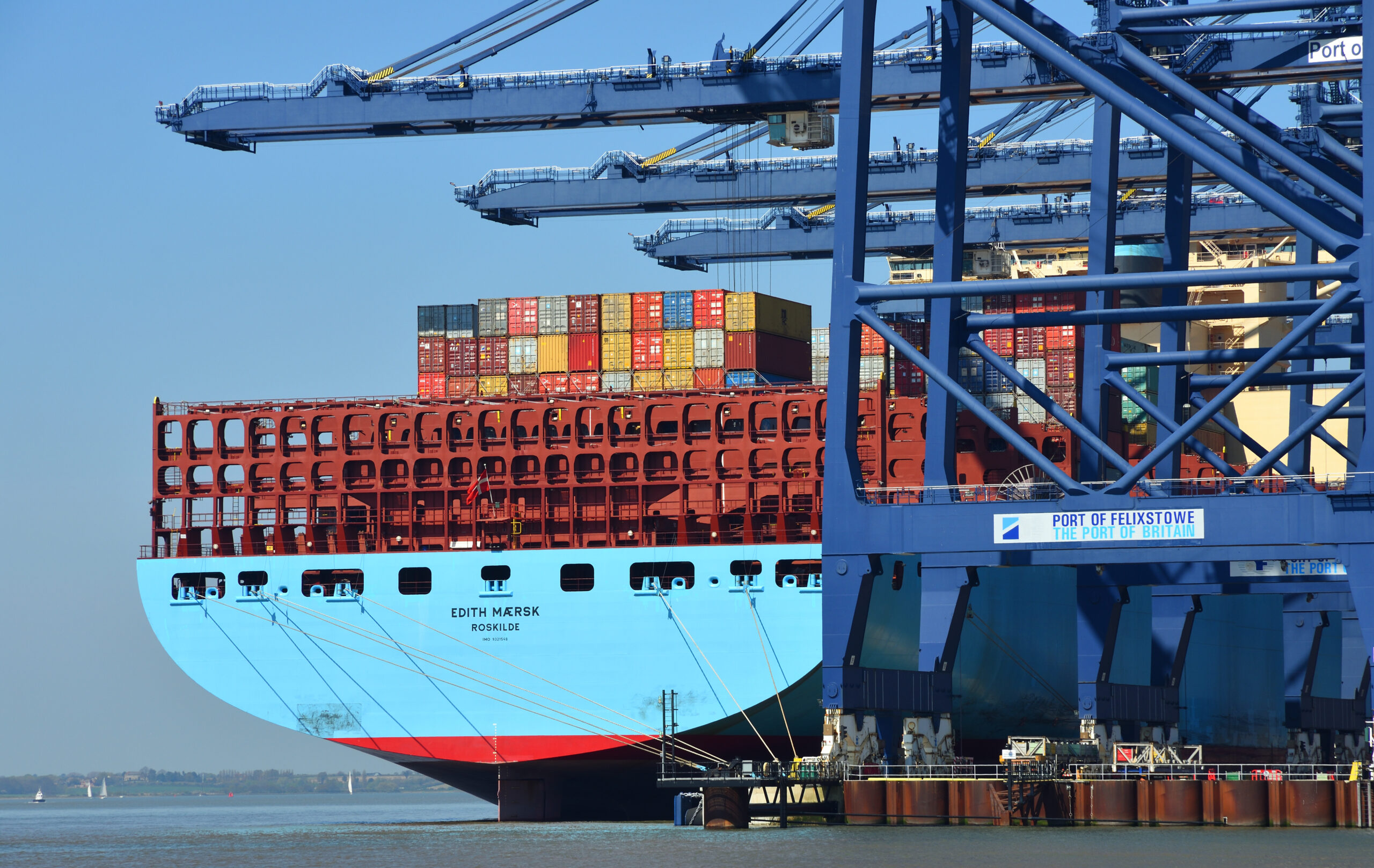Christopher J. Wiernicki, CEO and Chairman of the American Bureau of Shipping (ABS), has addressed the uncertainty surrounding the International Maritime Organization’s (IMO) proposed universal carbon levy, while noting the promise of carbon capture and storage (CCS) as a transitional technology. This follows ABS’s report on the challenges facing the maritime sector as a key enabler of CO2 transportation as part of the CCS value chain.
Speaking at the CERAWeek energy conference in Houston, Texas, Wiernicki described the carbon levy as a ‘wild card’ with unclear ramifications for maritime operations and assets. ‘Will the levy be set at $18, $100, or $150 per tonne? Today, we just don’t know,’ Wiernicki said. ‘With the lack of a clear global carbon pricing mechanism, shipowners remain cautious, as this uncertainty complicates investment decisions.’
The proposed carbon levy, which aims to reduce greenhouse gas (GHG) emissions from shipping, has elicited mixed reactions from IMO member states. While many countries support the pricing mechanism as a means of driving sector-wide decarbonisation efforts, others, including Brazil, China, and South Africa, have expressed concern around the potential costs it will impose on developing nations, particularly on those reliant on commodity exports.
‘The industry is balancing short-term efficiency measures with long-term fuel readiness’ Wiernicki observed. ‘Investments in digital optimisation, wind-assisted technologies, and energy efficiency will play a crucial role in bridging the gap until low-carbon fuels become viable at scale. Meanwhile carbon capture and storage is starting to gain traction, with trials onboard suggesting that it could allow continued use of fossil fuels in a net-zero scenario.’
The IMO’s Marine Environment Protection Committee (MEPC 83) is expected to finalise mid-term GHG reduction measures in April 2025, with adoption scheduled for late 2025 and implementation commencing in 2027. However, until a definitive pricing mechanism is established, shipowners will continue to face strategic uncertainty.
As carbon capture initiatives are scaling up worldwide, the role of shipping in CO2 transportation is increasingly significant. Industrial emitters in hard-to-abate sectors, such as steel, cement, and energy, require reliable and flexible solutions for transporting CO2. The development of a robust LCO2 shipping network is essential to the viability and efficiency of the CCS value chain.
In February of this year, ABS published a report on the technical and operational challenges related to the maritime transportation of liquefied CO2 (LCO2), titled: ‘CO2 Impurities and LCO2 Carrier Design: Practical Considerations’. The report highlights the increasing significance of LCO2 shipping within the broader CCS ecosystem, particularly as global demand for CO2 sequestration continues to grow.
Pipelines remain the primary mode of CO2 transportation, but LCO2 shipping provides flexibility for dispersed and remote emitters. ABS estimates that by 2050, cross-border CO2 shipping could reach 170 million tonnes per annum (MtPA), driven by industrial clusters in Europe and the Asia-Pacific region. This expansion, the report suggests, would require a fleet of 100 to 200 specialised carriers, complementing the existing pipeline infrastructure.
Transporting CO2 in liquefied form presents distinct challenges, particularly concerning impurities within captured CO2 streams. Elevated impurity levels can heighten corrosion risks, modify thermophysical properties, and entail additional purification steps prior to transportation.
To address these concerns, ABS specifies several key design and operational considerations for LCO2 carriers, including pressure management, tank design, material selection, and the safety and efficiency of ship-to-ship LCO2 transfer, and further emphasised the need for ongoing research into the behaviour of CO2 mixtures under various shipping conditions.



